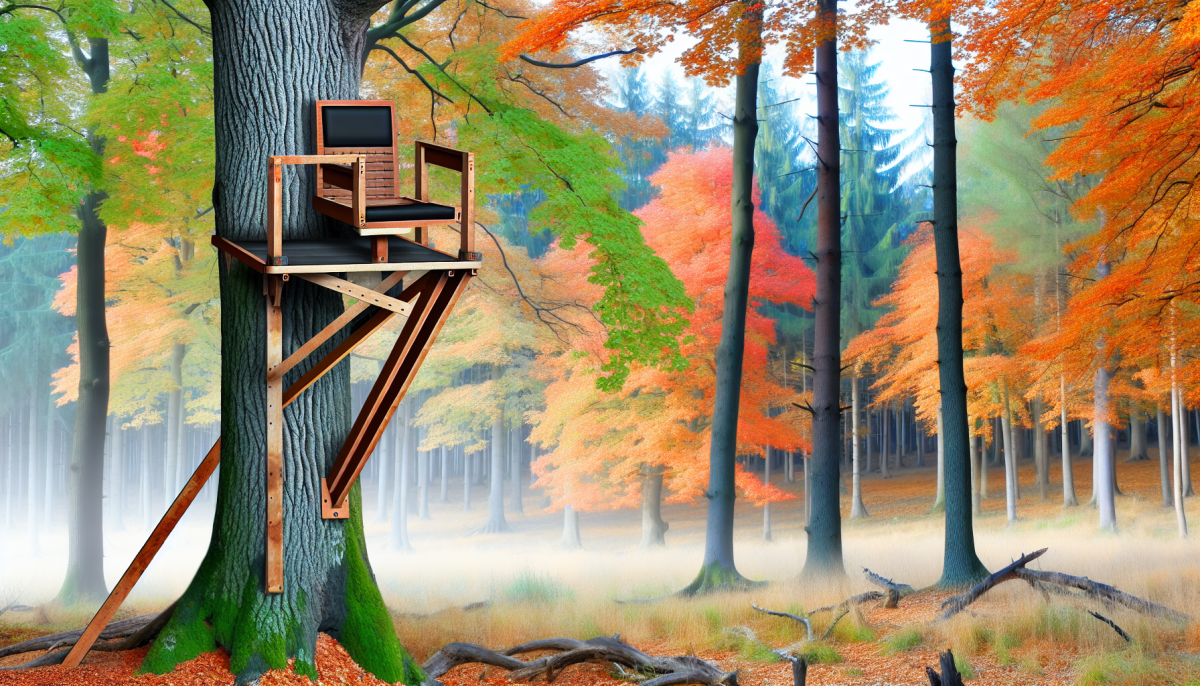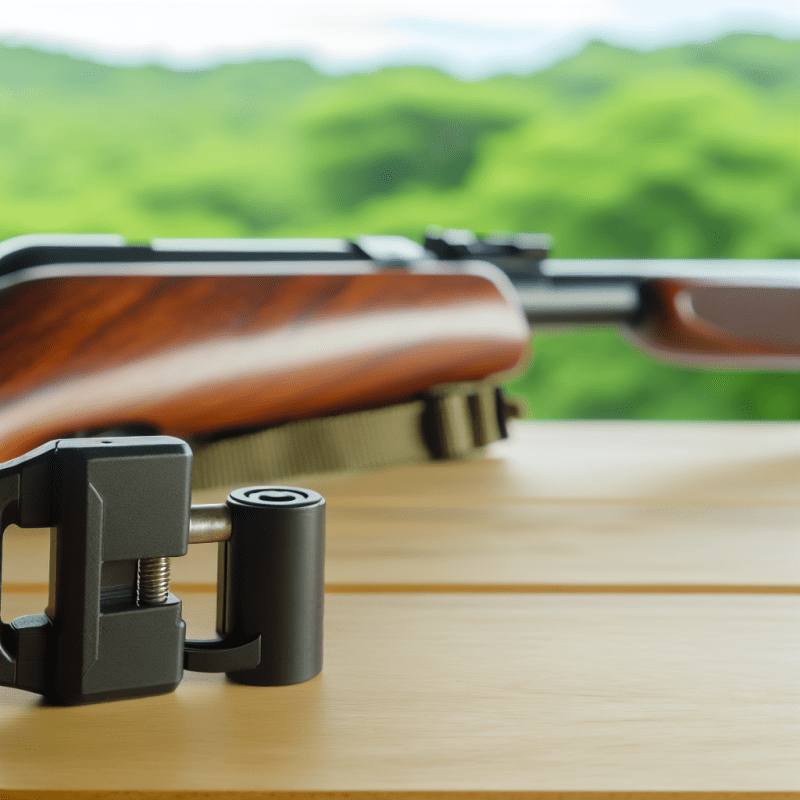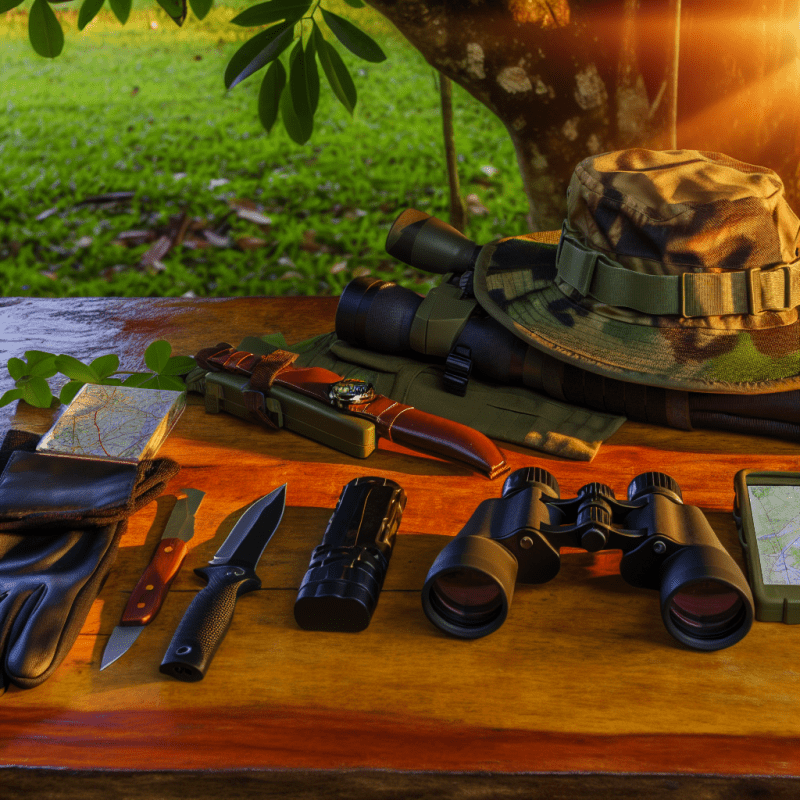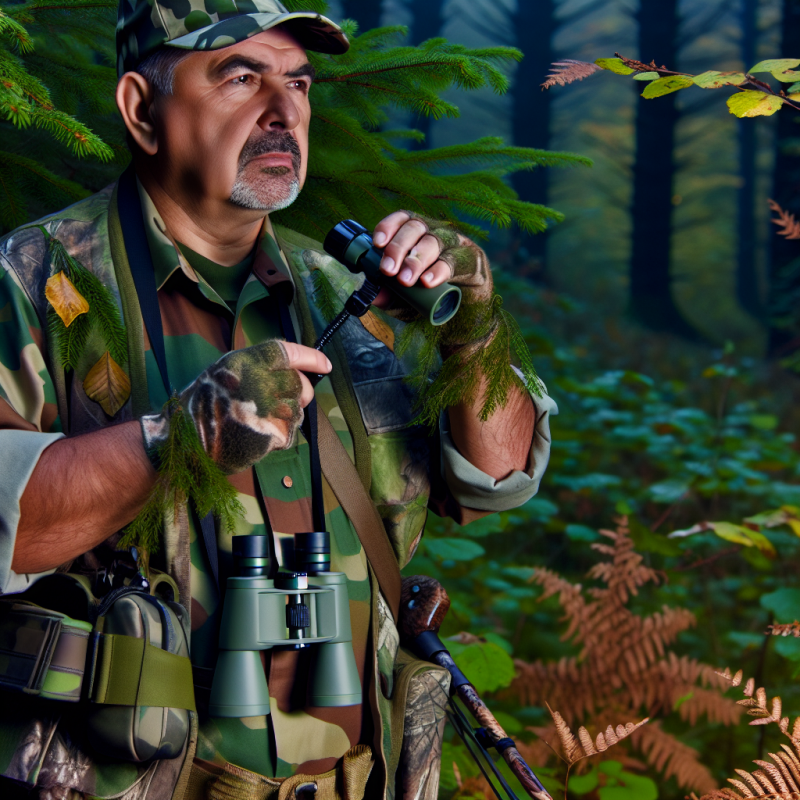When it comes to hunting, having the right equipment can make all the difference, and that includes using the right type of tree stand. There are several different types of tree stands available, each offering unique benefits and features designed to meet various hunting needs. Understanding these options is essential for making the best choice for your hunting experience.
The first type of tree stand is the climbing stand. These stands are versatile and allow hunters to ascend and descend trees quickly and quietly. They usually have two components: a seat and a platform. Climbing stands are ideal for hunters who like to move around, allowing them to find the best vantage points in a variety of terrains. However, they require a tree with a straight trunk and can be heavy to carry over long distances.
Another popular option is the hang-on stand. This type is designed for permanent or semi-permanent setups, where the stand is mounted at a specific height on a tree. Hunters often use climbing sticks or ladders to reach their height. Hang-on stands are praised for their stability and comfort, making them a favorite among seasoned hunters who favor extended sits. However, installation requires more effort, and hunters need to be knowledgeable about safety measures for secure mounting.
Lastly, there is the ladder stand, which usually consists of a platform elevated by a ladder secured to the tree. These stands are incredibly stable and provide plenty of space, making them excellent for hunters who hunt with a partner or have additional gear. However, ladder stands are less portable and can take longer to set up. They are best suited for locations where a permanent hunting spot is desired.
Key Features to Consider for Comfort
When selecting the ideal tree stand for hunting, comfort should be a top priority. Spending long hours in the woods requires a stand that allows you to sit quietly and still keep your focus. One key feature to look for is the seat design. Padded, adjustable seats can provide the support and comfort needed to stay alert during those extended waits for game to appear.
In addition to the seat, consider the overall size and space within the tree stand. A spacious platform offers freedom of movement and can help to prevent discomfort. You don’t want to feel cramped or restricted, especially if you need to shift positions or make adjustments. A good platform size also allows you the flexibility to maneuver your bow or rifle without risking a misstep.
Supportive backrests are another essential feature for comfort. They can make a significant difference in your ability to relax while staying ready for action. Look for stands with adjustable backrests that can cater to your personal preference, allowing you to lean back and take the weight off your legs during quiet moments. Keep in mind that a comfortable hunting experience can significantly enhance your performance and enjoyment in the field.
Finally, don't overlook the importance of insulation and protection from the elements. Hunters often face varying weather conditions, so a tree stand with weather-resistant materials and even options for camouflage can keep you comfortable and hidden. Choosing a stand that offers adequate shelter from wind and rain will allow you to focus on the hunt rather than the discomfort of the weather.
Safety Tips for Tree Stand Use
When you're out in the woods hunting, safety should always be your top priority. Tree stands can be a great way to gain a better vantage point, but they can also pose risks if not used properly. Here are some essential safety tips to keep in mind when using a tree stand.
First and foremost, always wear a safety harness. This crucial piece of equipment can be a lifesaver in case you lose your balance or fall. Make sure to attach it to your tree stand and the tree before climbing. Many accidents occur because hunters forget to secure themselves, so take the time to double-check your gear each time you head out.
Next, ensure your tree stand is properly installed and secured. Whether you're using a fixed stand or a climbing stand, check for any loose or damaged parts before each use. If you're setting up a new stand, choose a sturdy tree and ensure the stand is not at risk of collapsing under your weight. It's a good practice to inspect your setup from time to time throughout the hunting season.
Another important tip is to avoid carrying gear while climbing. Make ascents and descents safely by leaving your equipment below until you've reached your stand. Consider using a backpack or haul line to pull your gear up once you’re securely seated in the stand. This will help keep your hands free and your full focus on climbing safely.
Lastly, always let someone know your plans before you head out. Inform a friend or family member of where you’ll be hunting and what time you plan to return. This way, if you were to encounter any issues, someone will know where to start looking for you. Remember, taking precautions can make your hunt not only enjoyable but safe as well.
Maintaining Your Tree Stand for Longevity
Maintaining your tree stand is essential for ensuring its longevity and your safety while hunting. A well-cared-for tree stand not only lasts longer but also performs better in the field. Regular checks and maintenance can save you from unexpected failures and enhance your overall hunting experience.
First and foremost, it’s important to inspect your tree stand regularly. Check all components, including straps, bolts, and the platform itself, for signs of wear and tear. Look for rust, cracks, or any signs of damage, especially after the hunting season or severe weather events. If you notice any issues, address them immediately by replacing damaged parts or repairing them as needed.
Additionally, clean your tree stand at least once a season. Leaves, dirt, and pollen can accumulate on the stand, which can lead to rust or other deterioration over time. Use a mild detergent and water to clean metal parts and a cloth to wipe down the fabric areas. Keeping everything clean not only protects the stand but also makes it less visible to deer.
Lastly, when storing your tree stand during the off-season, choose a dry, temperature-controlled location. Avoid leaving it outside or in an area with extreme weather, as this can cause damage over time. By properly maintaining and storing your tree stand, you ensure that it will be ready for many successful hunting seasons to come.



